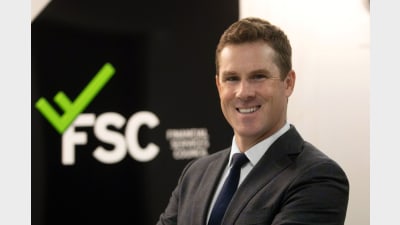Group insurance pricing runs risk of winner’s curse


The winners of group insurance tender processes may be those that under-price the cost of future claims, according to Colin Yellowlees, deputy chief pricing actuary at Reinsurance Group of America.
Speaking at The Actuaries Institute conference, Yellowlees said group insurance was particularly attuned to the perils of the "winner's curse".
The price of group risk was most often determined during a competitive tender process, he said, where each insurer based its price on its own best estimate.
The lowest best estimate would be materially below the expected mean claim costs, he said, and hence the winning insurer would have priced too low.
Yellowlees said there were a number of factors that differentiated group insurance costs, as there were many options and choices an actuary could make in determining the best estimate of future claims.
Although data from the Australian Prudential Regulation Authority (APRA) showed group insurers had continued to be profitable — which did not prove the prevalence of the "winner's curse" — Yellowlees said a number of factors including economic growth, a reduction in workers' compensation claims and improved mortality rates may among be the reasons behind the industry's profitability.
An insurer that was unable to accurately price a risk ran the danger of facing reduced margins and possibly making significant losses.
Yellowlees said insurers could consider adopting bid-shading by including an extra margin in pricing to allow for risk costs that had been under-priced — or even delve into extreme bid-shading where they refrained from competing in a highly competitive tender process with many insurers.
A company with a skilled and fully resourced pricing team would fare best, he said. Communicating full disclosure of key pricing assumptions and uncertainties in pricing estimates would be beneficial to decision-makers.
A review of assumptions and the use of reinsurance could provide a good basis for refining pricing methods, according to Yellowlees.
Actuaries needed to be aware of the influence of third parties and try to implement feedback into the pricing process, despite the slow speed at which feedback was often received.
Recommended for you
The $135 billion fund has transitioned away from TAL Life Insurance following an “extensive tender process”.
The $80 billion fund is facing legal action over allegedly signing up new members to income protection insurance by default without active member consent.
In a Senate submission, the Financial Services Council has once again called for further clarification that the government will assess the consumer outcomes of group insurance against the enshrined objective of superannuation.
TAL has launched a digital solution TAL Connect for its superannuation fund partners that links super and insurance for members, with Aware Super as its launch partner.













Add new comment